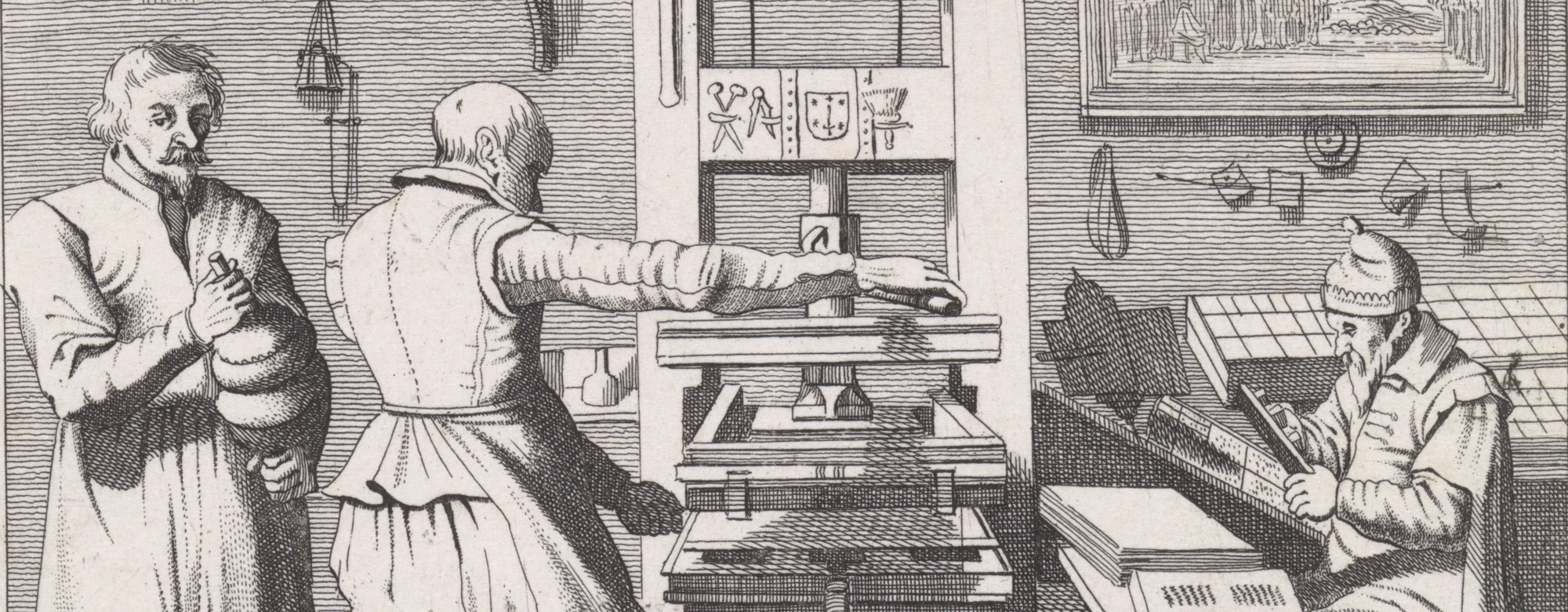It is not often that we find ourselves in agreement with the copyright policy positions of government entities entrusted with maintaining the copyright rules. Given this it is somewhat of a rare find to discover the UK Intelllectual Property Office (IPO) has recently thrown its full weight behind our policy recommendation #5 (‘Digital reproductions of works that are in the Public Domain must also belong to the Public Domain.’). In a recently updated copyright notice on ‘digital images, photographs and the internet’ the IPO provides the following answer to the question ‘Are digitised copies of older images protected by copyright?’
Simply creating a copy of an image won’t result in a new copyright in the new item. However, there is a degree of uncertainty regarding whether copyright can exist in digitised copies of older images for which copyright has expired. Some people argue that a new copyright may arise in such copies if specialist skills have been used to optimise detail, and/or the original image has been touched up to remove blemishes, stains or creases.
However, according to the Court of Justice of the European Union which has effect in UK law, copyright can only subsist in subject matter that is original in the sense that it is the author’s own ‘intellectual creation’. Given this criteria, it seems unlikely that what is merely a retouched, digitised image of an older work can be considered as ‘original’. This is because there will generally be minimal scope for a creator to exercise free and creative choices if their aim is simply to make a faithful reproduction of an existing work.
This clarification is noteworthy because the UK has for a long time believed that digital reproductions of public domain works may be protected by copyright. Many UK cultural heritage institutions claim copyright on public domain images by making the argument that the standard of originality is lower in the UK than it is in the rest of Europe (pointing to the idea that in the UK the determination of originality is based on a ‘sweat of the brow‘ standard, and as a result the mere effort required in making a digital reproduction of a public domain work justifies a copyright claim over the original reproduction).
With their updated copyright notice the IPO clearly points out that this idea is not supported by the EU copyright framework. As in the rest of Europe copyright in the UK must be based on an author’s own intellectual creation. While the the idea that simply making a digital reproduction of an artwork creates new rights over it has always been absurd, it has had strong attraction among cultural heritage institutions trying to figure out their role in the digital environment. Claiming rights over digitized public domain works provides these institutions with a false sense of being in control over how works should be accessed and used (and might even undermine their very nature as public institutions whose goal is to share creativity and culture).
The new IPO copyright notice validates the principled stance taken by Europeana—which has argued since the very beginning that ‘digitisation of Public Domain content does not create new rights over it‘, and should help Europeana in its efforts to convince additional cultural heritage institutions across Europe to explicitly state the public domain status of digitized public domain works. With more and more institutions subscribing to this view (most prominent among them the Dutch Rijksmuseum), Europeana has transformed itself into the world’s biggest repository of public domain works.
While the IPO’s position supports our conviction that what is in the public domain must stay in the public domain, it is of limited use in countries such as Germany or Spain where institutions can claim exclusive rights over unoriginal reproductions. Remedying this situation requires a further harmonisation of the EU copyright rules—as proposed by the European parliament earlier this summer when it adopted the Reda report.

